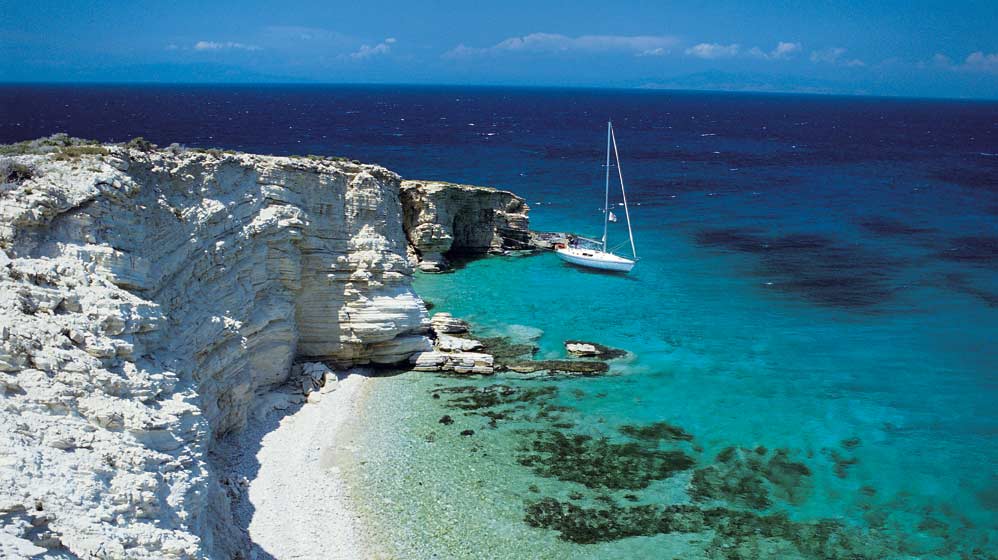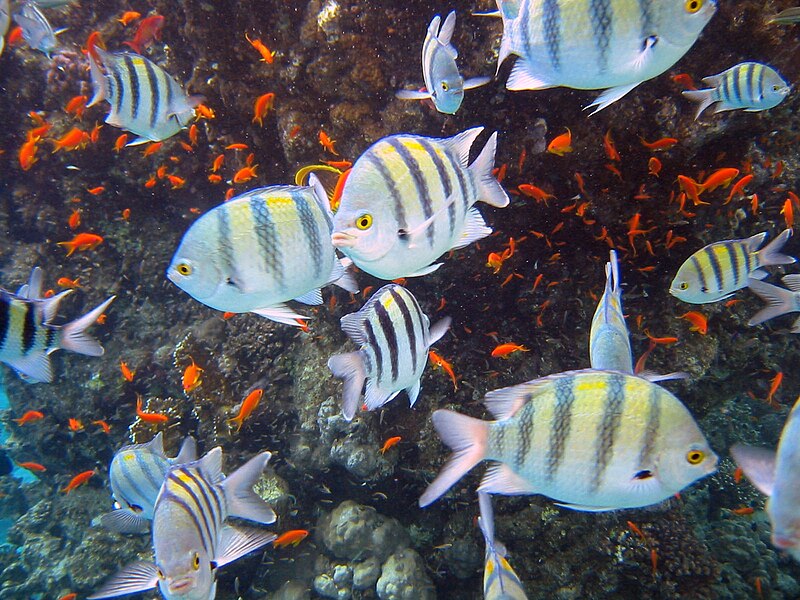Fuerteventura, a Spanish island, is one of the Canary Islands, in the Atlantic Ocean off the coast of Africa.
It is the second largest of the Canary Islands, after Tenerife. The Canary Islands obtained the right to self-govern in 1912.
In 1927, Fuerteventura and Lanzarote became part of the province of Gran Canaria. Tourism arrived in the mid-1960s with the building of the present airport at El Mattoral and the first tourist hotels.Since the island is close to Africa, many illegal African immigrants try to enter the European Union through it, by a dangerous boat trip from Morocco. Located just 100 kilometres off the coast of North Africa, it is the second biggest of the islands, after Tenerife, and has the longest beaches in the archipelago. The island is a destination for sun, beach and watersports enthusiasts. It lies on the same latitude as Florida and Mexico and temperatures here rarely fall below 18 °C or rise above 24 °C . There are no fewer than 152 beaches along its coastline - 50 kilometres of fine, white sand and 25 kilometres of black volcanic shingle. The climate on Fuerteventura is pleasant throughout the year. The island is also often referred to as the island of eternal spring. The sea adjusts the temperature making the hot Sahara winds blow away from the island. The island's name in English translates as 'strong fortune' or 'strong wind', the Spanish word for wind being 'viento'. The economy of Fuerteventura is mainly based on tourism. Other main industries are fishing and agriculture (cereals and vegetables). The summer Trade Winds and winter swells of the Atlantic make this a year-round surfers' paradise. Sailors, scuba divers and big-game fishermen are all drawn to these clear blue Atlantic waters where whales, dolphins, marlin and turtles are all common sights. With many hills present through out the Island, hikers are also attracted to this Island.






































